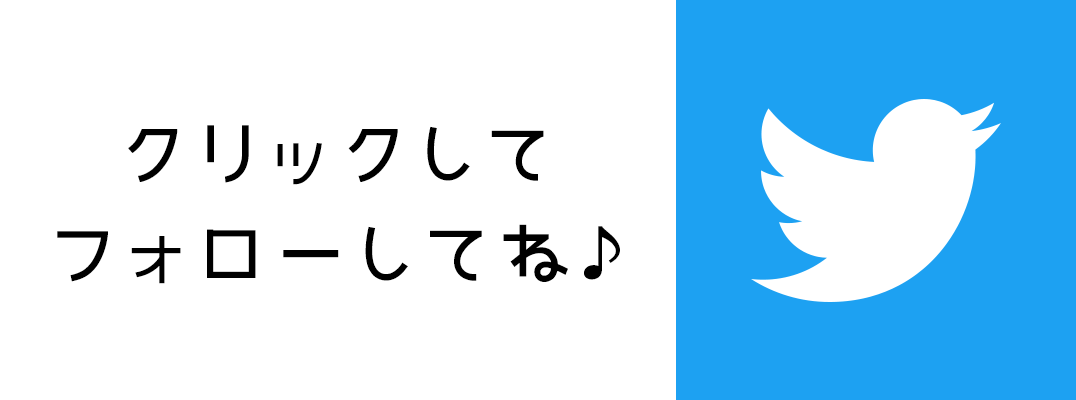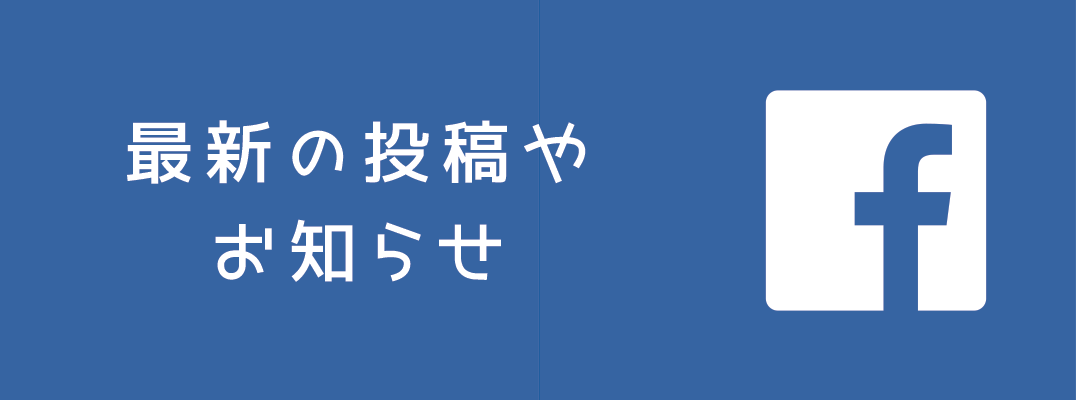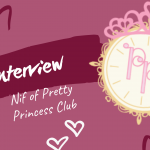Individual Posing Tweaks II—Part V
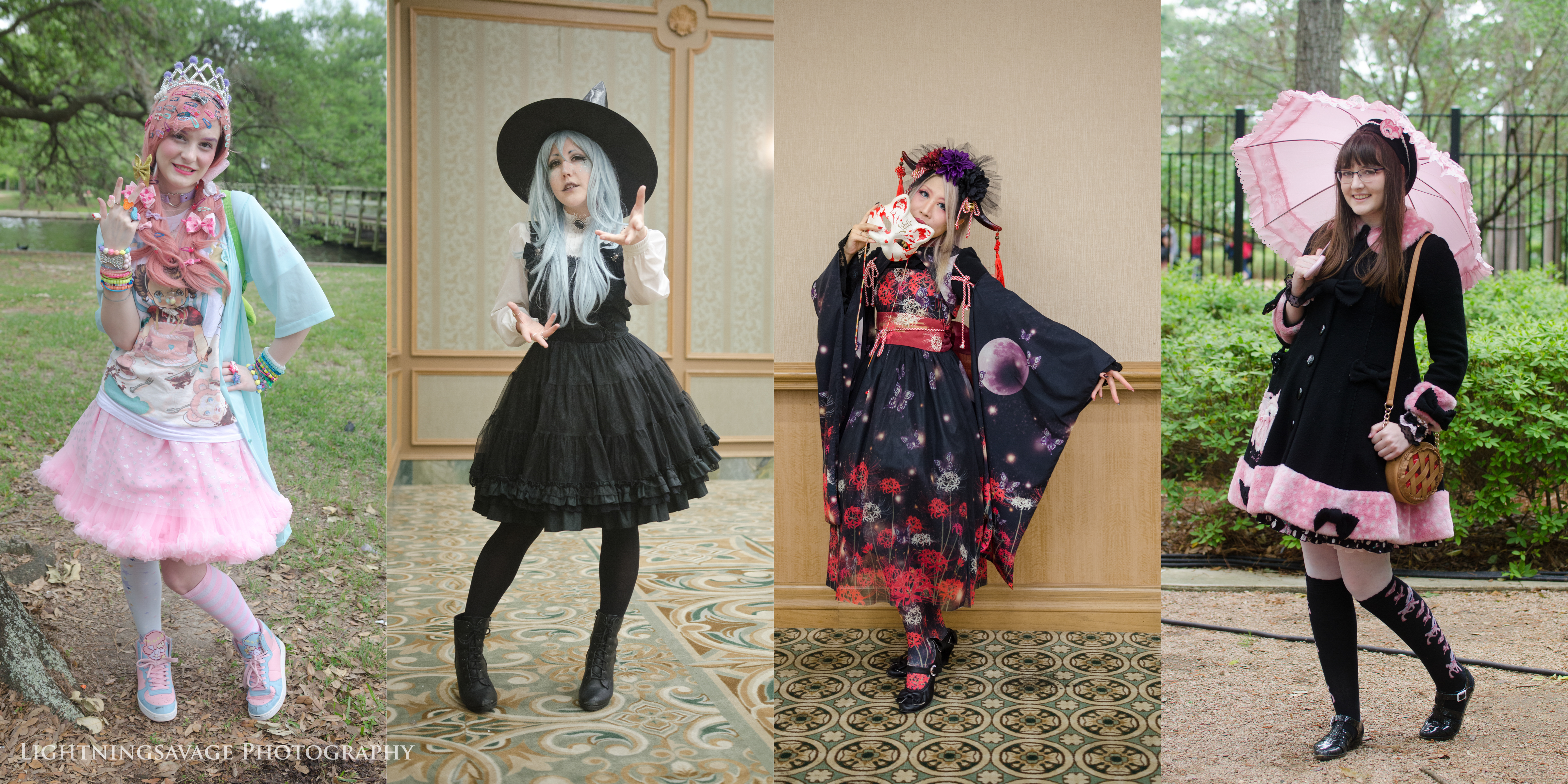
Time to continue with my posing series! This is part II of my Tweaks post. I highly recommend you read Individual Posing Tweaks I—Part IV first before you continue. Done that? Then let’s go!
Head
If something looks off with your head position and you can’t figure out what it is, try rotating your head so it’s closer to the camera. To do this, imagine a stick coming out of the top of your head. Now, imagine someone grabbing that stick and pulling it in the direction of the camera. Notice how your head moves at an angle—not quite out and down, not quite rotating side to side, but somewhere in the middle. This is really the best way I can explain this. Try imagining this stick and practice in the mirror to see what I’m talking about!
Especially when combined with pushing your chin out and down, this can give you more of a jawline while preventing your head from being blown out of proportion, like in the Bending at the Waist section. The main idea behind this is to understand that things close to the camera look bigger, and things further away look smaller. If you’re self conscious about the size of your lower jaw or chin, this is a good option for you. I tend to be asking models to do this a lot recently, and it’s always difficult to explain on the spot! Here’s some examples so maybe it’s a bit easier to digest.
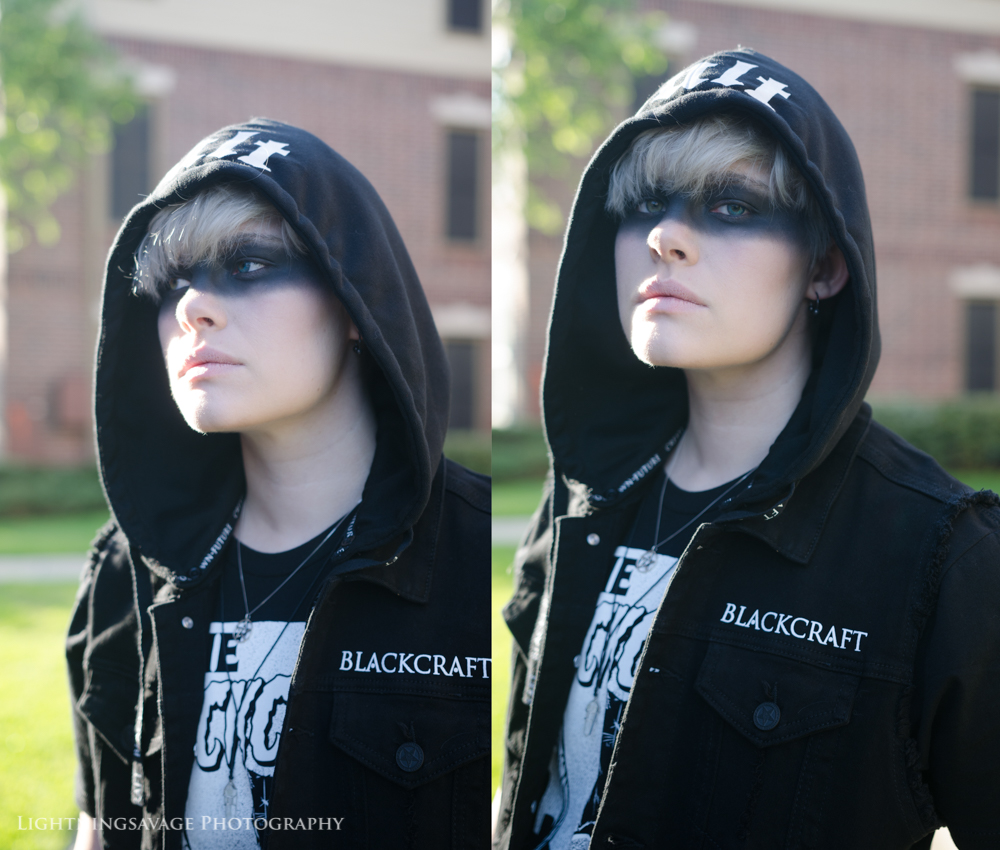
Kal Frenzel. Follow me on instagram @kaldec_ !
Note how in this photo, before I turned the top of my head towards the camera, my jaw looked huge! I’m actually pretty self-conscious about this and this tip has helped me a lot. Here’s a photo of me doing it well, and combining it with the “out and down” idea.
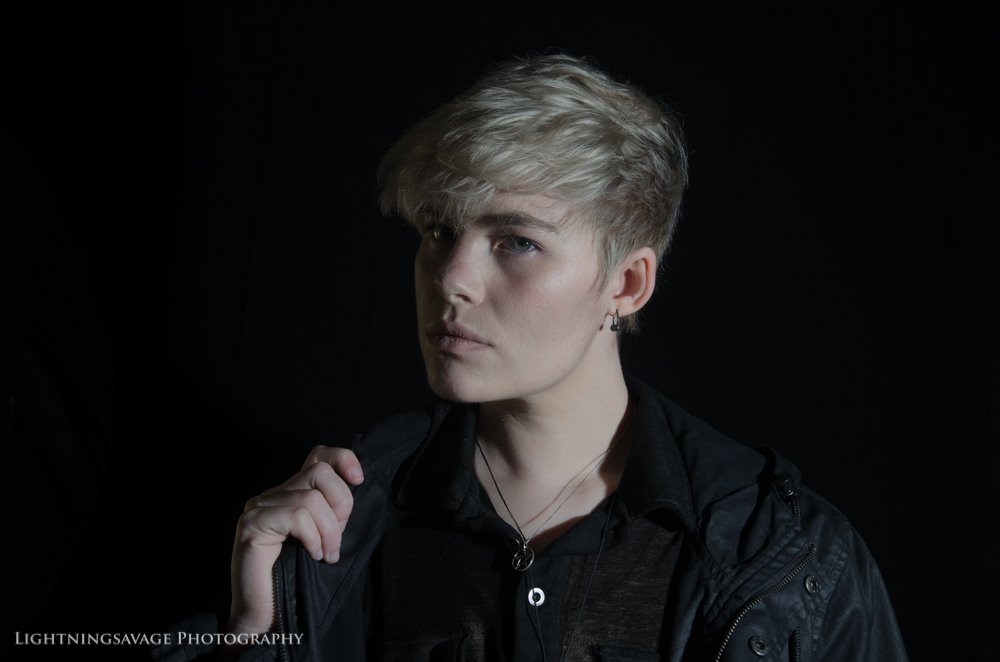
Kal Frenzel
Bending at the Waist
A very common issue I encounter is that people tend to lean backwards (or look like they’re leaning backwards). People tell models to do this on the runway shoots because it makes the model look taller. While this can be helpful in staged photography as well, if the photographer is lower to the ground, or if the model is leaning back a little too far, it can blow the model’s body way out of proportion. Suddenly, the model’s head becomes way too small for their body and they look wider in the hips. Overall, it can start to look off and awkward, like you’re more of an out-of-proportion doll than a human.
To fix this, bend forward at the hips slightly, keeping the angles in your torso the same as they were before you leaned. Keep your back straight.
More advanced: follow your photographer’s movements. If they crouch, bend at the waist or adjust your chin angle; if they are above you, adjust accordingly to keep your face on a plane parallel to the camera. Little movements go a long way.
It’s cool when I shoot with someone who has mastered this rule (mostly professional models or those who have modeled in the past). It lets me focus more on the big picture, and I can get creative!
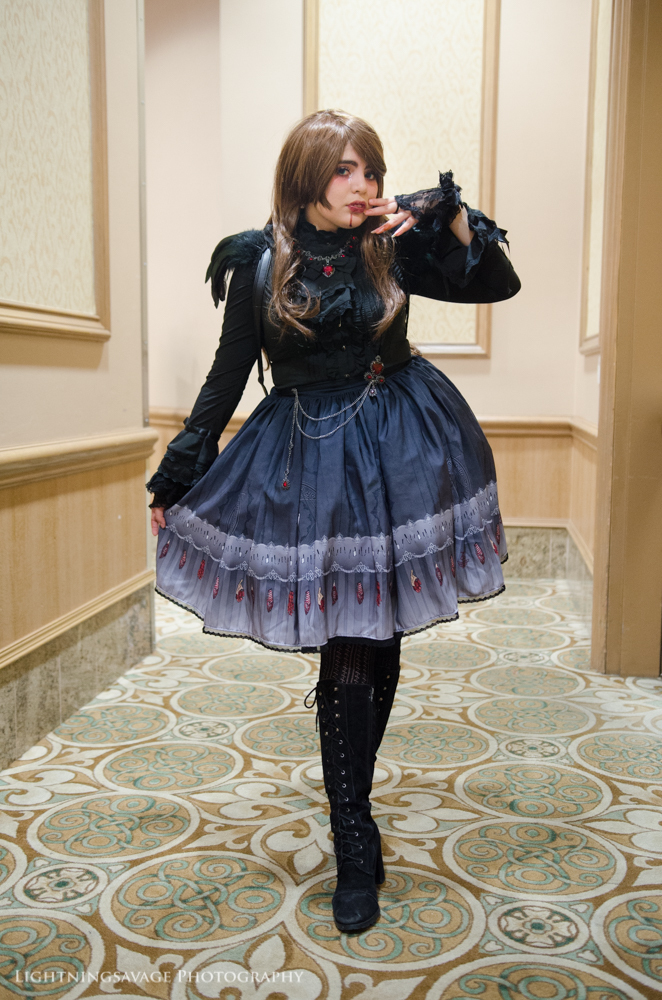
Sally Asbury
Because I’m shooting from so low, she’s bringing herself back into proportion by leaning forward at her waist. As an example of what not to do, below is me NOT leaning forward. Note how out of proportion I look (also, I need to bring my chin down and out!). I wasn’t expecting Minori to get so low.
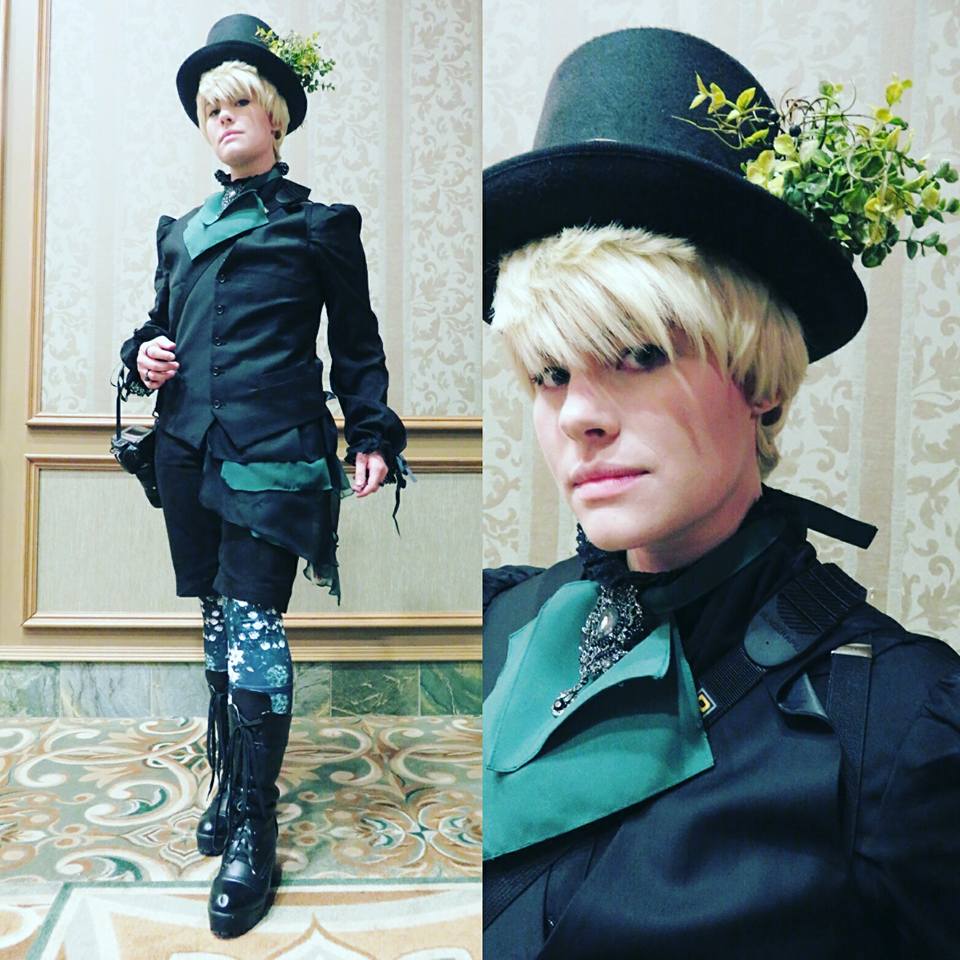
Kal Frenzel. Photo by Minori
Hands
Oh, hands. Photographer’s least favorite, awkward appendages that seem to either dangle or stick out oddly. Try not to have your hands stiff when you pose—float them, just like your arms. Keep them soft and ladylike—just keep them natural. If you don’t think about them too much, you should be fine. Pretend like you are underwater, and let your arms and legs relax. Unfortunately, that’s all I can tell you! Practice makes perfect here.
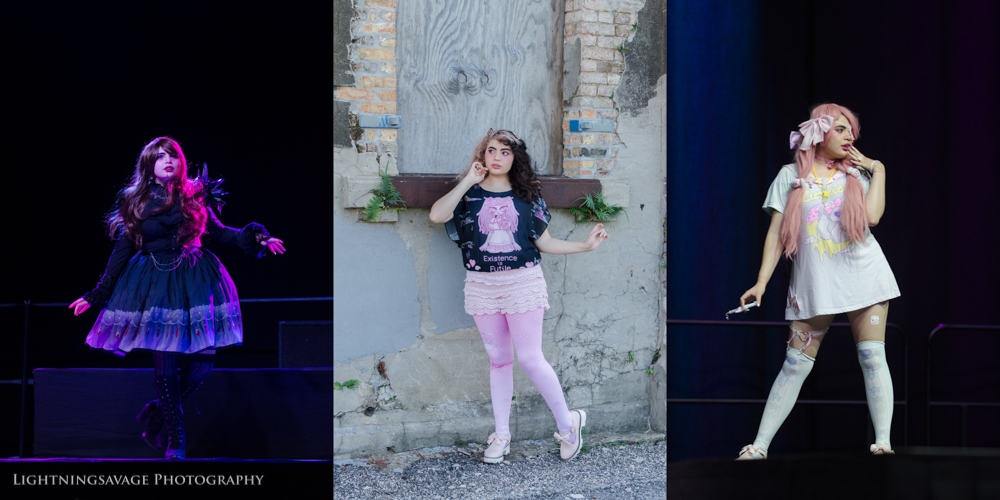
Sally Asbury: Sally has a natural knack for posing her hands! Look at these examples to understand what I mean.
Long Legs
It’s important to pose your legs in a way that shows off your shoes and tights/socks without making your legs look stubby or like you have to go to the bathroom (which, let’s face it, that might be true). Think about making your legs long and graceful, with no sharp angles at the knee or hip. Your legs should be very natural and relaxed.
A common thing in lolita fashion is to cross your legs as you stand, or put one foot in front of the other. This is fine, as long as you make sure that you don’t break your lines. Having unbroken lines will make your legs look longer, and you look both taller and leaner. I’ve uploaded some examples of this below. Sakurako (the model on the left) has crossed her legs to the extreme—in normal situations, this can be a bad idea because it’s easy to break the line of your leg this way, but it works because 1. she’s onstage (we’ll get into that later) and 2. the rest of her is more dramatic, so it balances out. Also, her weight is evenly distributed between both feet, and the angle of her feet don’t break the lines of her legs. This allows the viewer’s eyes to flow freely around the image without being caught in any one place.
The model on the right, Tyler, has crossed her legs a bit more than the standard cross—which can be totally ok depending on what you’re going for as the model! Her pose is pretty much perfect, but there’s one little tweak that could make her really stand out. She’s angled her foot outward, therefore breaking the line of her leg. This disrupts the flow of the eye, and draws attention to her feet instead of her face; in other words, the viewer’s eyes get stuck on her feet. Granted, she had about one second to pose, one photo, no feedback, and no time to fix anything, so I don’t blame her one bit! When you’re posing, try to make sure that your feet don’t break the line your leg makes, unless it’s intentional.
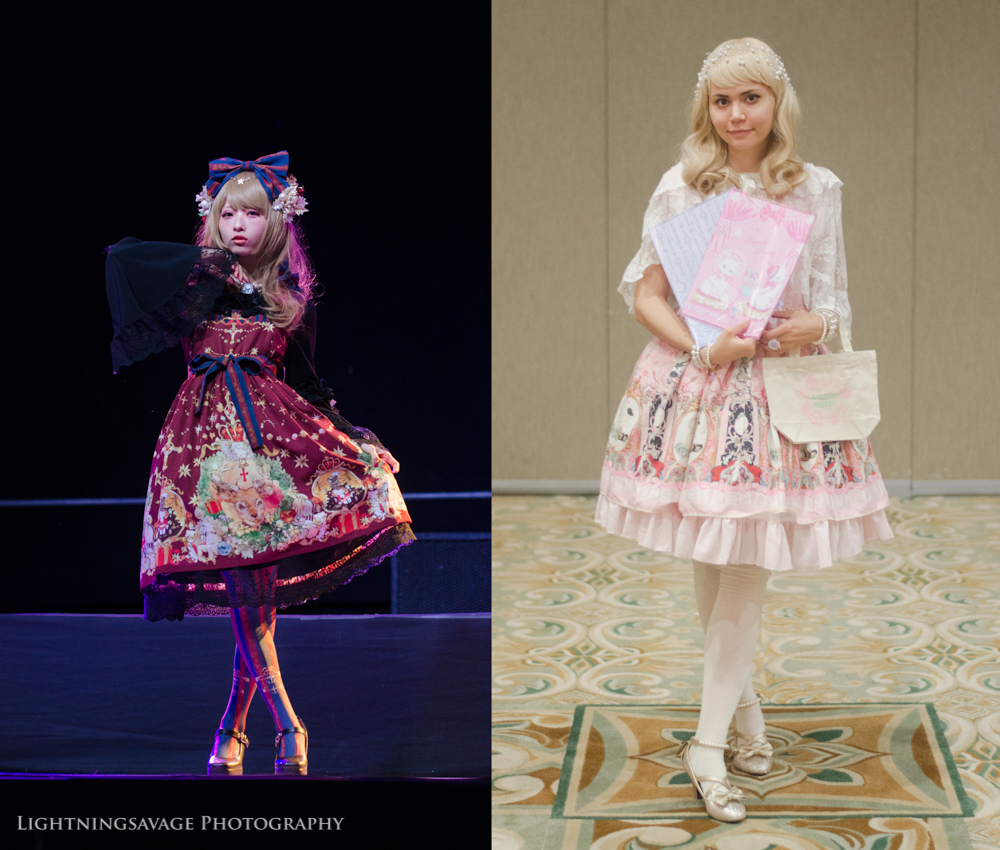
Sakurako Hoshina and Tyler Power
In addition, as with the lost limb syndrome, avoid placing one foot directly in front of the other from the camera’s perspective. This can make you look like you have one foot, or worse, only one leg. See Sally’s leaning at the waist photo above for an example of this (in her case, though I think it looks ok with the “bird” vibe she has!). Still, remember to practice always being aware of how you look from the camera’s perspective.
In case you’re interested, I’ve put together some examples of my absolute favorite leg pose! It’s super common and looks great on just about everyone. My second favorite pose for legs/feet is pigeon toed.
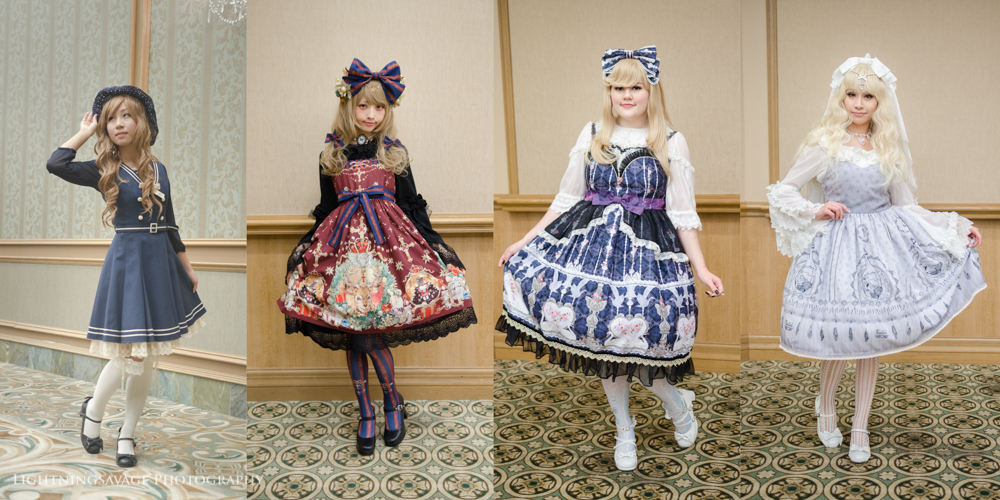
Susan Ly Johnson, Sakurako Hoshina, Candy Henderson, Ann Nguyen
While a minor offense, not paying attention to your legs can mean the difference between liking your photo and loving it. Practice in front of a mirror—and don’t forget, it’s ok to make mistakes!
Shoulders and Head
So, this is more of an interesting fact than a tip. During my research into posing, I came across a general rule about posing the model’s shoulders and head to make them come across more feminine or masculine. This rule was created based on observations of how males and females pose candidly—that is, without being told what to do, in a relaxed environment—specifically while leaning in a direction.
Let’s start with the masculine pose. In this pose, the head remains perpendicular to the line of the shoulders at all times. It doesn’t matter which direction a person is leaning, a male who does this comes across masculine and straightforward. Personally, I think it looks a little odd, but whatever. It has its place.
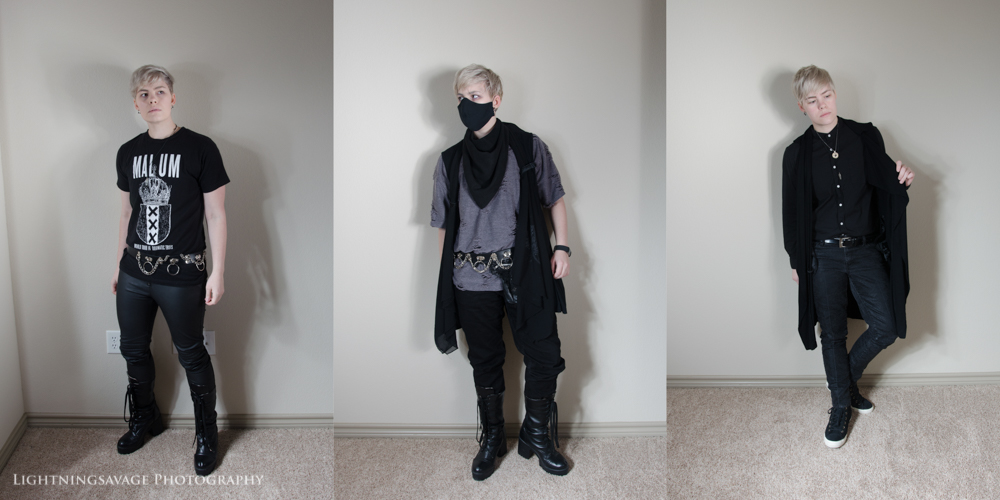
Masculine tilt: Kal Frenzel
Scooting over to the feminine side of things, it gets more complicated (and what doesn’t?). Feminine posers generally tend to tilt their head in the opposite direction that they are leaning. In other words, a female lying on a couch and reading on their right arm will lean their lead to the left. In photos, boys who pose like this will come across more feminine than masculine.
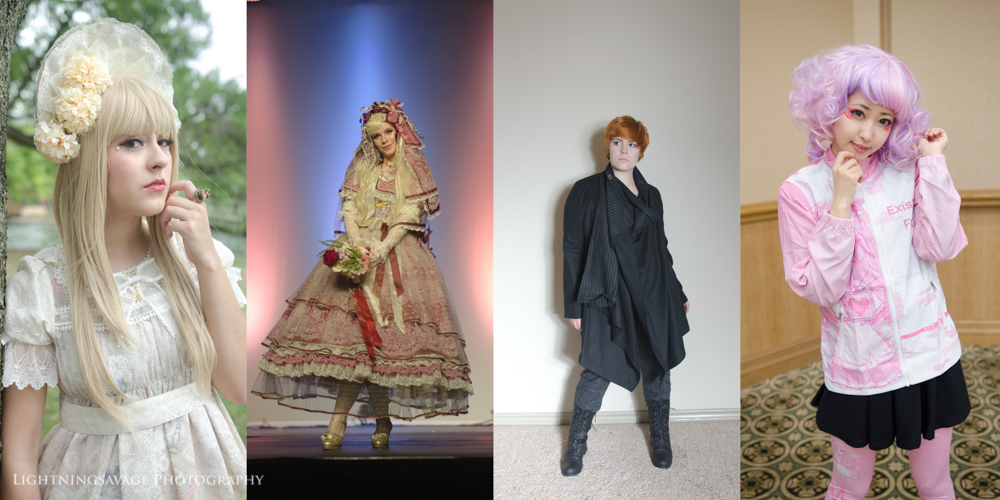
Feminine tilt: Melissa Alatorre, unknown, Kal Frenzel, Kimura-U
When not leaning in a direction, I have been told that it’s a bad practice to tilt your head in either direction. I’m not particularly sold on this idea but it does have its place as well, in certain situations (like if head tilting causes an issue with distortion).
Soooo what should you pay attention to first? Ultimately, you won’t be able to apply all of these tips all at once. It’s simply impossible for you to remember them all! I’ve roughly ordered this list from most to least critical tips, although they’re all important. Stand in front of a mirror and figure out where your problem areas are. Maybe you’re amazing at floating your arms but your eyes are always falling into shadow—so focus on your eyes. It’s one less thing to worry about!
Kal from Lightningsavage Photography specializes in creative portrait photography for J-Fashion enthusiasts and more. He has served as the J-Fashion event photographer for Oni-Con 2016–2020, as well as fashion shows, meetups, and personal shoots. He is also a co-owner of Kuroshiro Kawaii. You can follow him on Instagram at @lightningsavage_photography and @kaldec_
He is currently into visual kei and EGA fashions.


